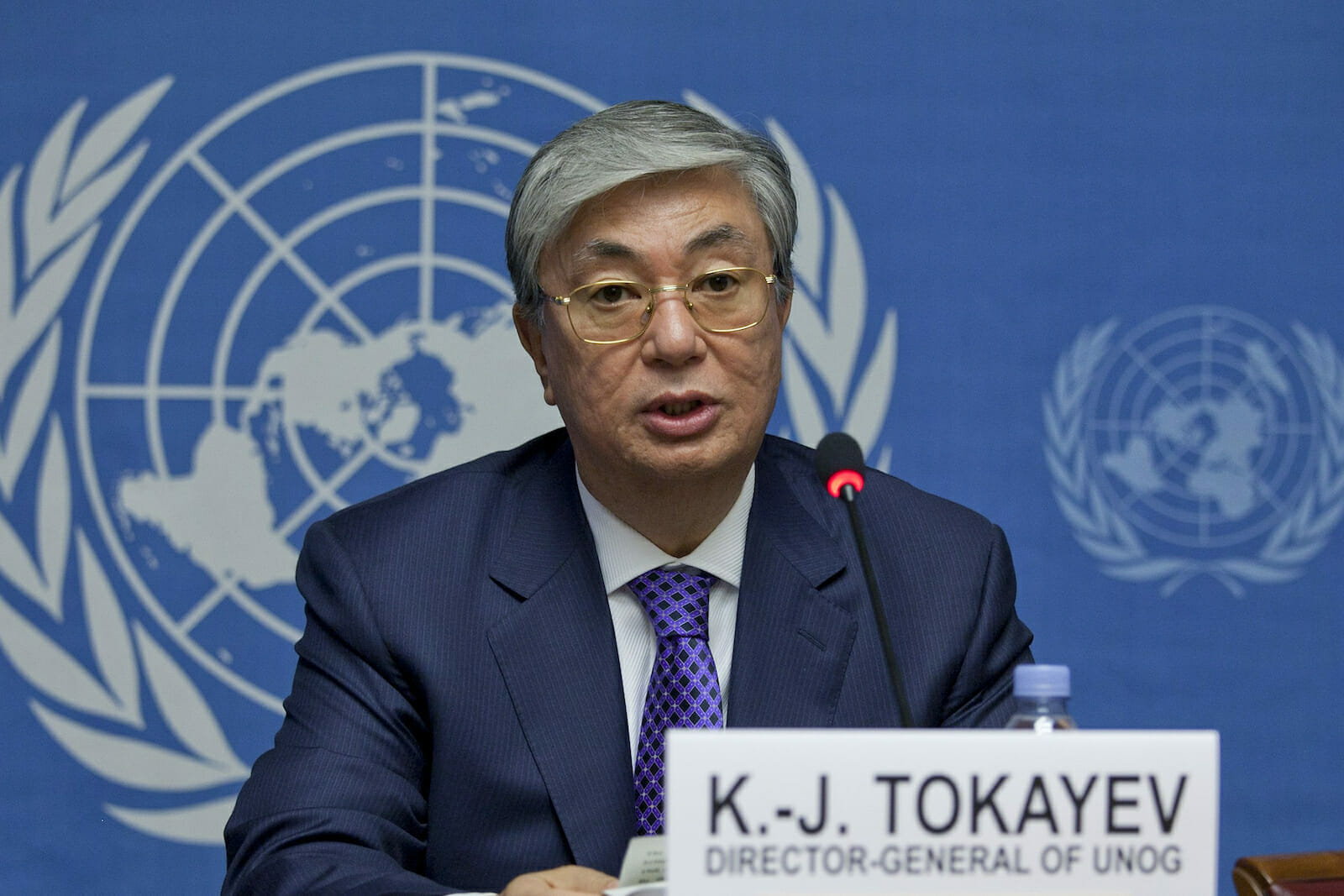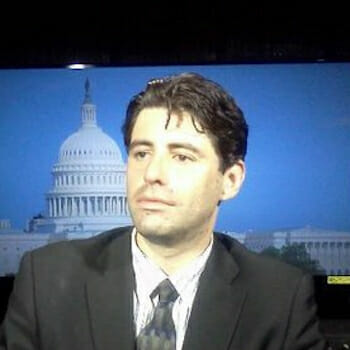
Kazakhstan: New President, New Diversified-Economy?
President Kassym-Jomart Tokayev is expected to emerge victorious in Kazakhstan’s upcoming elections on June 9, after the former long-time president, Nursultan Nazarbayev openly endorsed him on April 23. With the next president of the Central Asian country clear, the government can now focus on addressing the country’s priorities and challenges, which includes the continuous expansion and development of its economy, for the benefit of Kazakhstani citizens.
While Kazakhstan has made strides to diversify its economy, raw materials (such as uranium) continue to be the cornerstone of its economy. This diversification strategy will likely continue under the next administration, and it should be pursued even more aggressively.
Diversifying the Economy
When we talk about Kazakhstani exports to the world, uranium comes to mind. After all the Central Asian country is the world’s largest producer of this heavy metal. Kazakhstan also exports various raw materials, such as copper, gold, oil and natural gas. According to WorldTopExports.com, around 70% of exports in 2018 were mineral fuels, like oil, followed by iron, steel, and copper. Non-fuel or mineral exports, such as cereals, constituted barely 2% (other sources provide similar statistics.) For a country that wants to be one of the top 30 most developed nations by 2050, this one-sided economy is problematic.
To remedy this, in recent years Nursultan has pushed to diversify the country’s economy by developing other industries and also partially via the partial privatization some state-owned companies such as Kazatomprom. “If Kazatomprom becomes a public company, it will be only the second major uranium miner in the world, after Canada’s Cameco, to obtain such a status,” noted the Jamestown Foundation back in November 2018. Other companies that will become privatized are Samruk Kazyna, KazMunaiGas, and Kazaktelecom.
The government is also focusing on expanding industries like livestock, crop, and grain production. For example, The South Korean company, K2AT, will reportedly produce organic fertilizers and carry out smart-farming projects in the Aral Sea – this package of deals was announced as part of the Kazakh-Korea Investment Summit on April 22.
Similarly, Kazakhstan will reportedly open “three new vehicle assembling plants jointly with Hyundai, KAMAZ, and Kirovets as part of its plan to double domestic production of automobiles to meet demand within the Eurasian Economic Union,” the Caspian Sea Center reports. This is supported by Minister of Economy Ruslan Dalenov, who reported in mid-April that “in the January-March period, gross domestic product growth increased to 3.8 percent. In the January-February period, it was 3.5 percent. Accelerated growth has been achieved by increased output in the manufacturing industry, as well as by increased growth in construction and investment.”
Certainly, Kazakhstan could continue to rely on its uranium industry, as the IPO of Kazatomprom has brought about renewed interest of international investors in this sector, and nuclear reactors still use uranium for energy production – India is apparently interested in acquiring more Kazakhstani uranium. Similarly, “Russia’s oil major Lukoil and Kazakhstan’s KazMunayGas have set up a joint venture to conduct exploration at the Zhenis block in the Caspian Sea,” explained the Washington DC-based Caspian Center in a March 19 newsletter, mentioning a statement by Kazakhstan’s Energy Minister Kanat Bozumbayev. However, these two industries are not enough to improve the lives of 18 million Kazakhstani citizens, particularly as not all of them work in these sectors.
Attracting Investment and Extra-Regional Trade
Kazakhstan’s major trading partners are Russia ($18 billion in 2018) and China (around $11 billion last year), and while no regional or extra-regional nation can realistically compete with those numbers, Nursultan has striven to diversify its pool of partners and investors. To this end, the Central Asian state has created entities like the Astana International Financial Centre (AIFC), which was launched last year, and Kazakh Invest to bring foreign investment into the country and to make Kazakhstan the financial hub of Central Asia.
The country has been successful in attracting more extra-regional trade, as trade with India reached $1.2 billion in 2018. In early April, a Kazakhstani delegation visited New Delhi to attract the interest of Indian businesses to the AIFC. “We need to make sure that AIFC is well-connected to other financial centres, including Dubai, Frankfurt, Mumbai, Singapore, and Shanghai…It will be very profitable for India and should be part of our long-term strategy,” said Kazakhstani political scientist Sultan Akimbekov to The Wire -India, in an interview about the visit. The AIFC also recently appointed Sheikh Bilal Khan as the Chief Islamic Finance Officer in order to further attract Islamic markers. Similarly, the Cyprus-based precious metals mining group, Polymetal, has become the first foreign issuer to list on the AIFC’s Astana International Exchange, according to an AIFC press release on April 17.
As for other extra-regional trade partners, South Korean President Moon Jae-in met on 22 April as part of the Asian head of state’s Central Asia tour. The two governments have enjoyed cordial relations and trade reached “$3.9 billion in 2018, including $2.9 billion in exports and $922 million in imports.” South Korean companies like Hyundai, LG, Samsung, Lotte Confectionery, SK, Highvill already operate in the Central Asian nation.
Discussion
Back in 2014, a report by Ernst & Young, titled “Kazakhstan 2014: The Brand Paves The Way,” explained that: “This survey reveals that Kazakhstan’s ‘brand perception’ is at its strongest compared with previous years. Investor awareness, among both established and non-established investors, has increased.” The report went on to explain that “Investor confidence in Kazakhstan’s future prospects is also high — 47.3% of our respondents believe that the country’s attractiveness will improve in the next three years.” Nevertheless, “over 50% of the investors surveyed still do not have any immediate plans to invest in the country. And the plans of investors already established in Kazakhstan vary significantly from those not yet established.”
This is a good summary of Kazakhstan’s financial situation nowadays. Generally speaking, the country is doing quite well and has a generally positive relationship with foreign markets. Hence, it is no surprise that Kazakhstan joined the WTO in 2015 and the OECD Declaration on International Investment and Multinational Enterprises in 2017.
However, the country has yet to move away from its oil and mineral-focused economy. Moreover, the US State Department mentions how foreign investors would like to see “improved transport and logistics infrastructure, a more open and flexible trade policy, and a more favorable work-permit regime.” Hopefully, the AIFC and Kazakh Invest will be successful in addressing some of these concerns so that investors receive the necessary guarantees, such as full protection of rights and interests, in order to continue investing in the Central Asian state.
Similarly, according to MENAFN, “in 2018 FDI amounted to 14.2 percent (12.9 percent in 2017) instead of targeted 16.5. In 2022 FDI is to reach 19 percent of GDP.” This data suggests that there is still a strong interest by external investors in the Central Asian state, but much needs to be done still to increase investment even more. The aforementioned agencies, plans for the partial privatization of some key state-owned industries and a new president will hopefully renew investor interest.
Final Thoughts
With former President Nazarbayev backing him, it is all but certain that President Tokayev will remain in power after June 9. Tokayev is no stranger to foreign policy as he served as minister of foreign affairs for around a decade, but now he will have all of Kazakhstan’s affairs, domestic and external, to deal with. It is generally expected that Tokayev will follow his predecessor’s foreign policy, hence Nursultan will continue to focus on attracting foreign investors and diversify its pool of partners as well as a list of exports.
Kazakhstan’s economy is globally known as a producer of oil and uranium, but the country’s other industries must continue to expand in order to achieve the government’s ambitious agenda and objectives. The new president of Kazakhstan will hopefully bring with him a more diverse economy for the 2020s.
The views expressed in this article are those of the author alone and do not necessarily reflect those of any institutions with which the author is associated.

